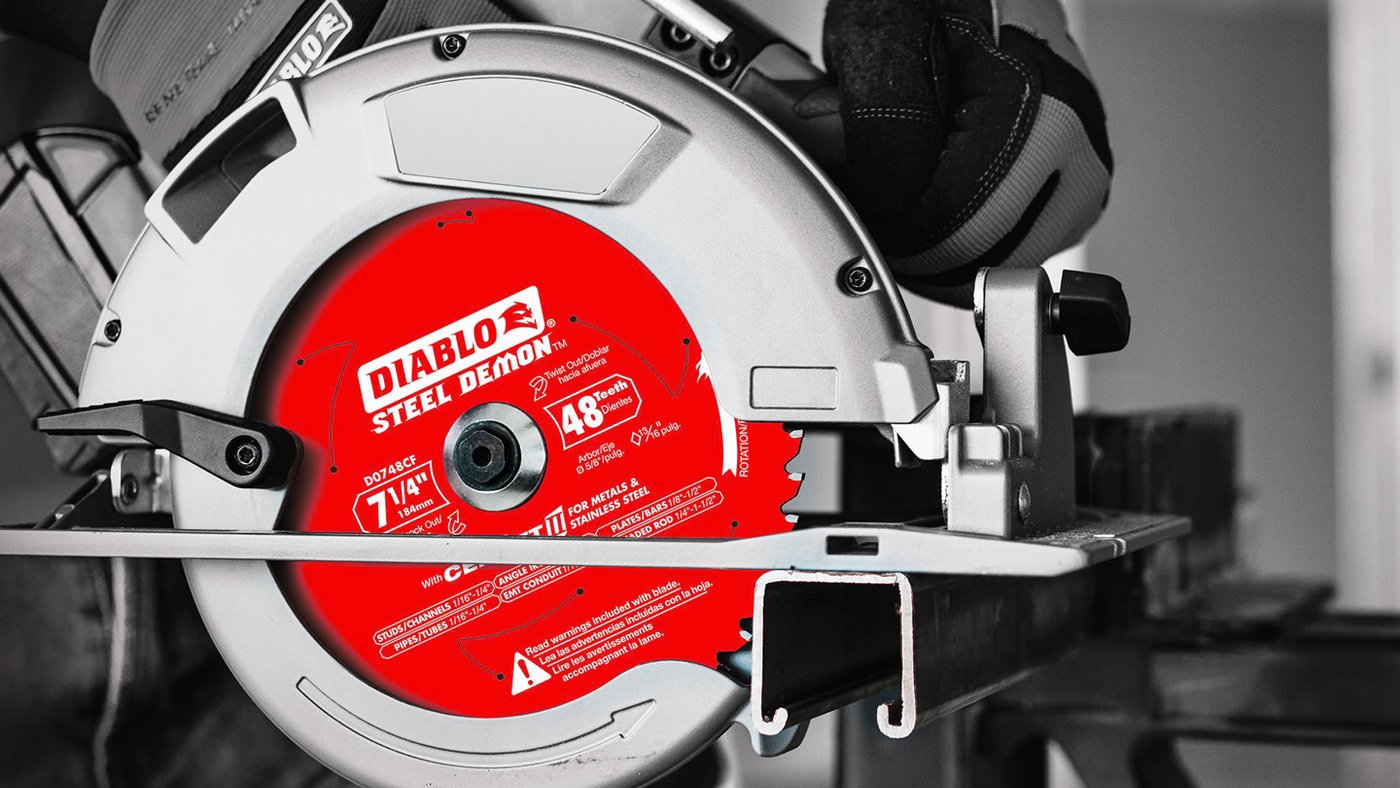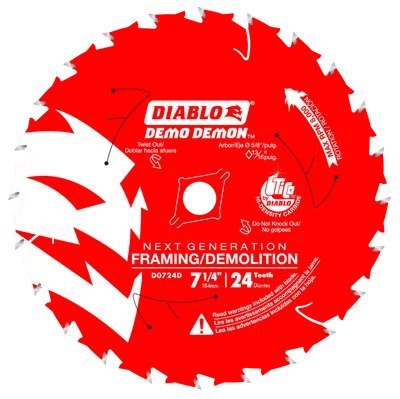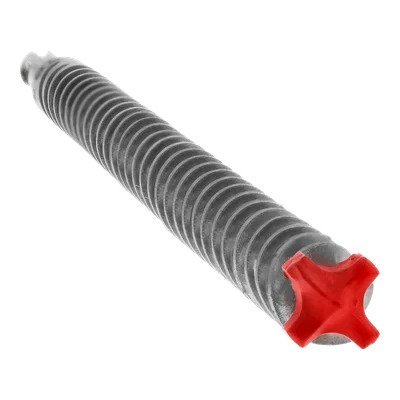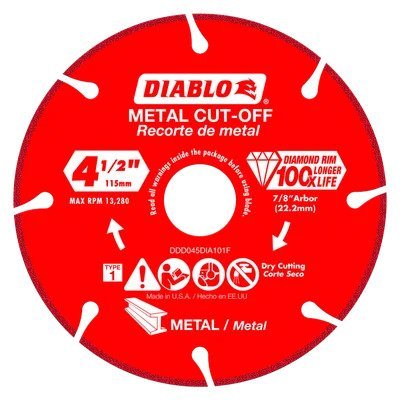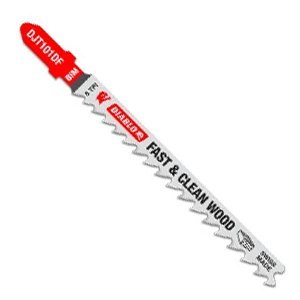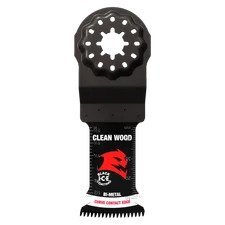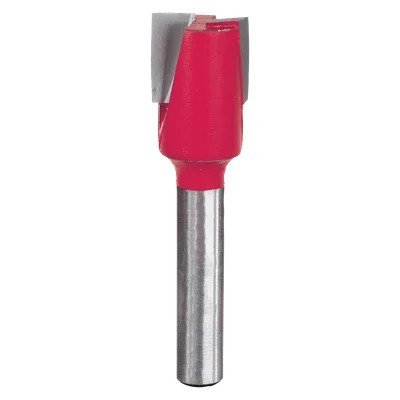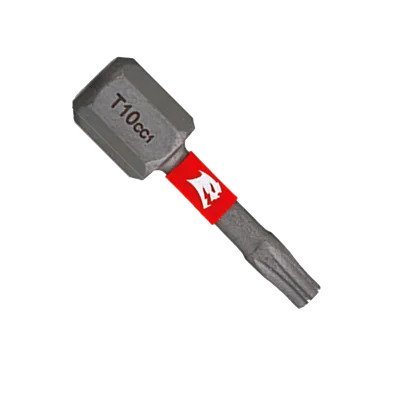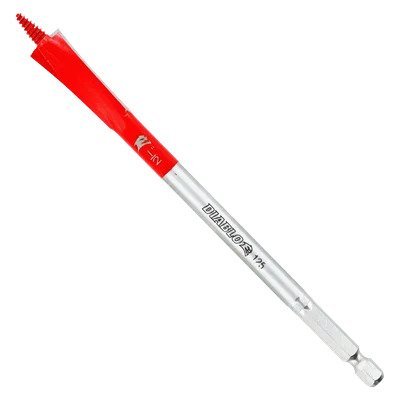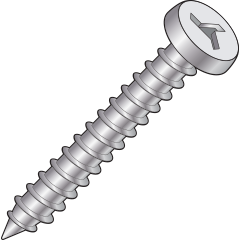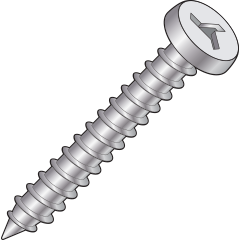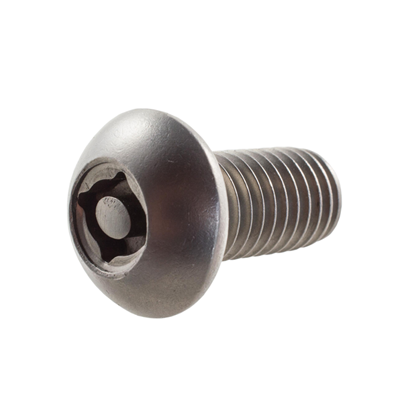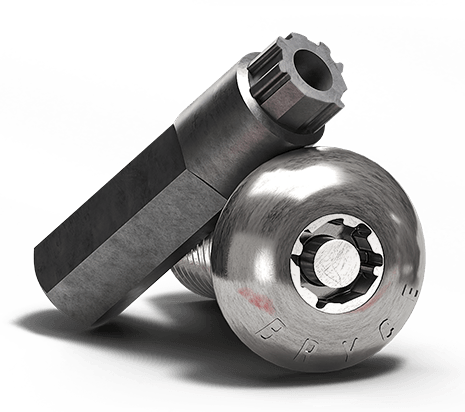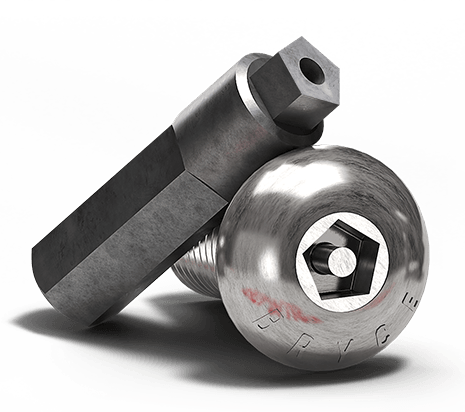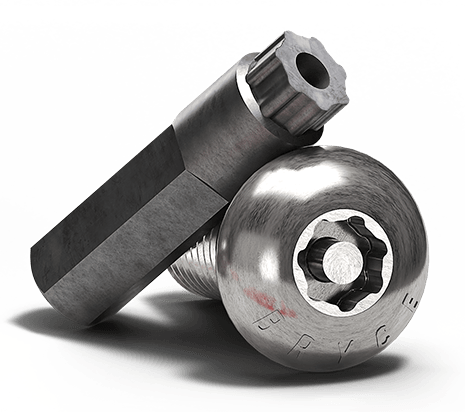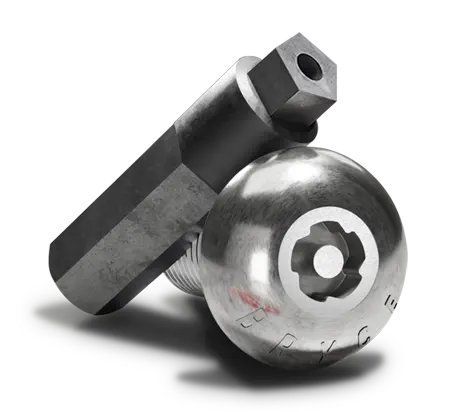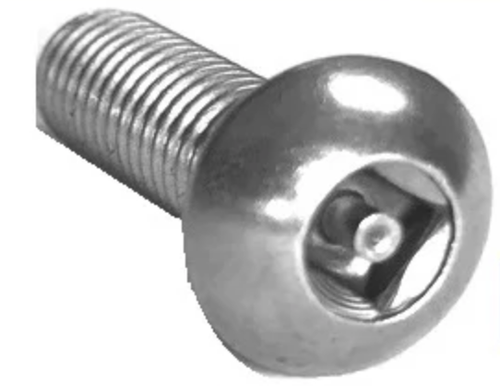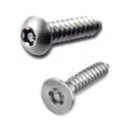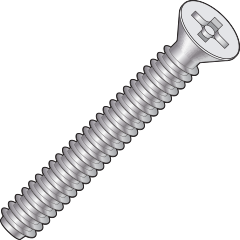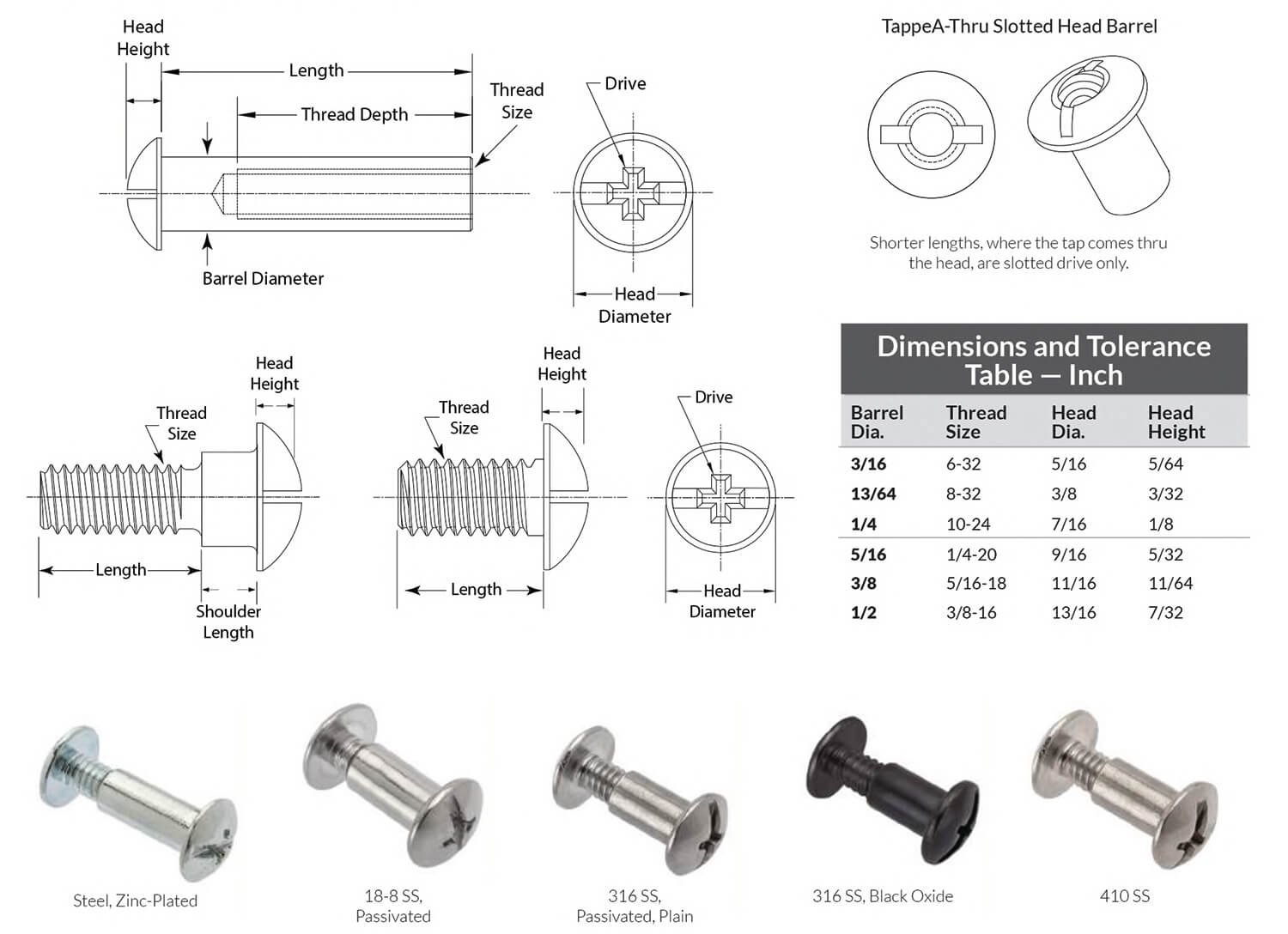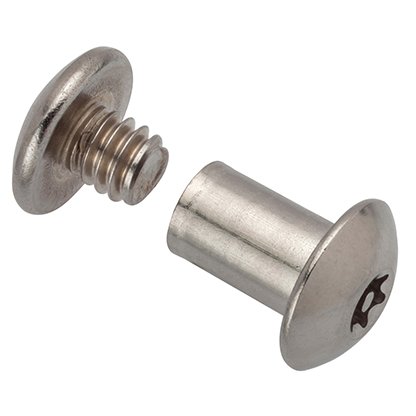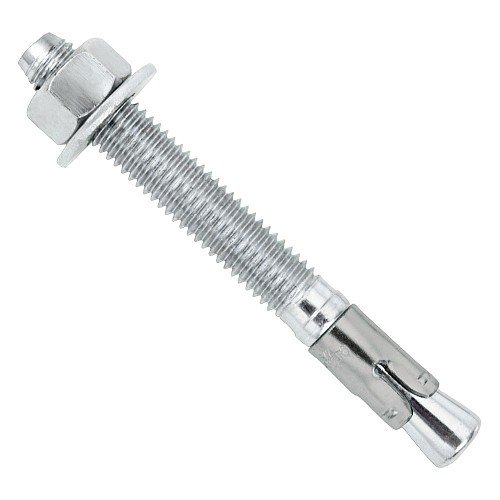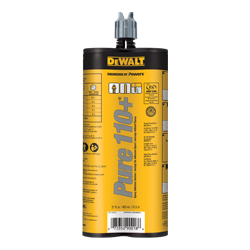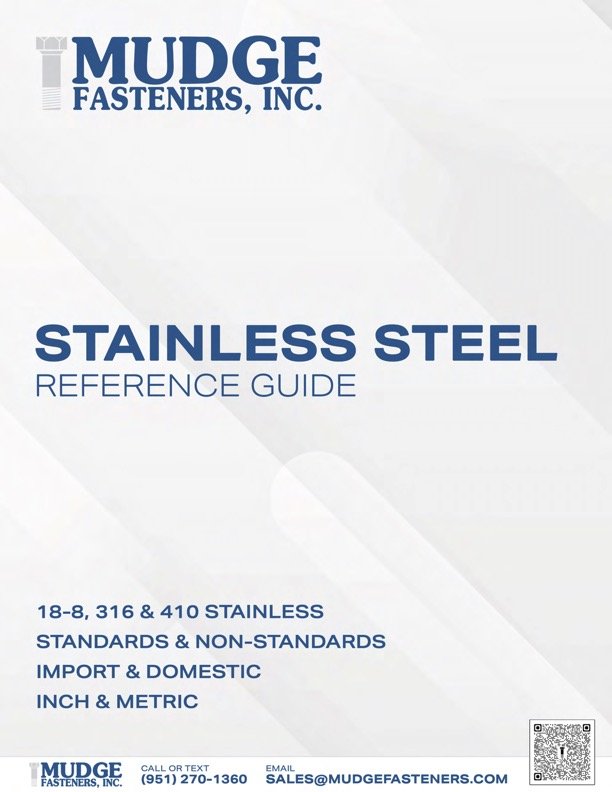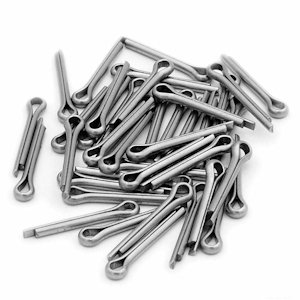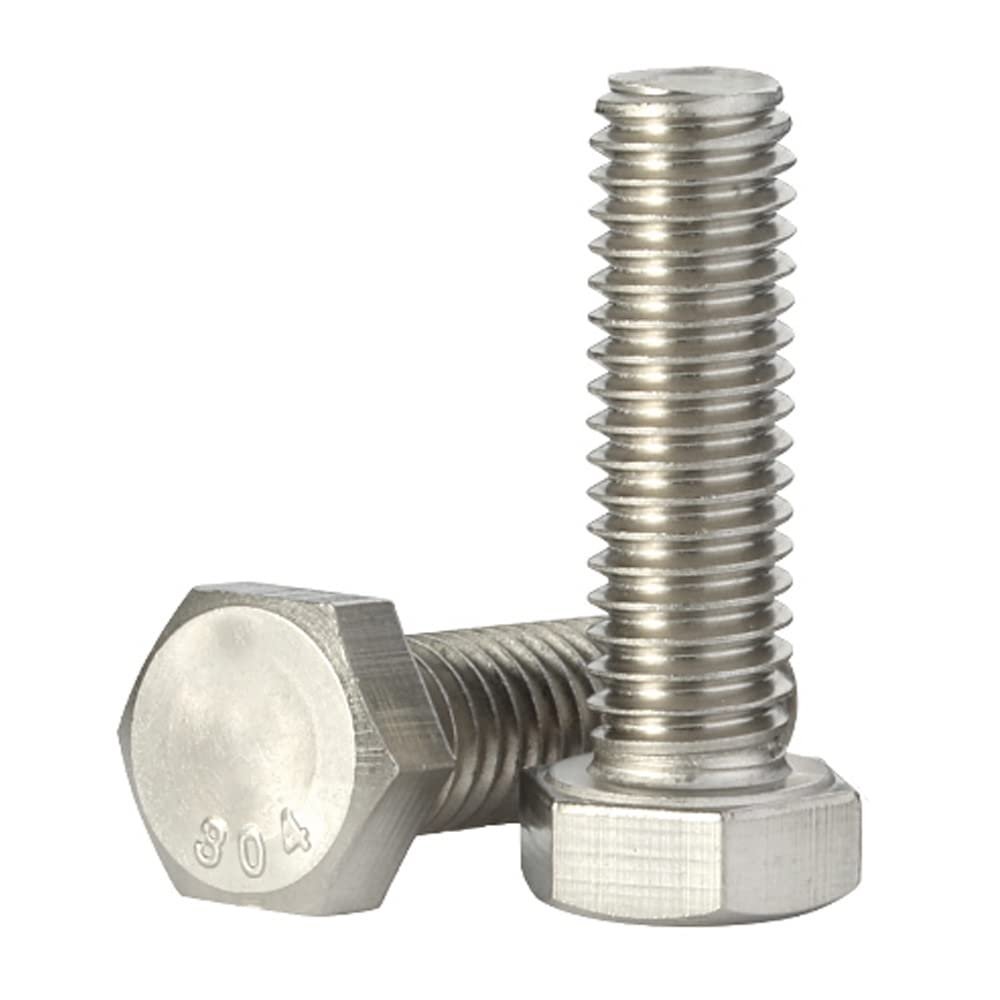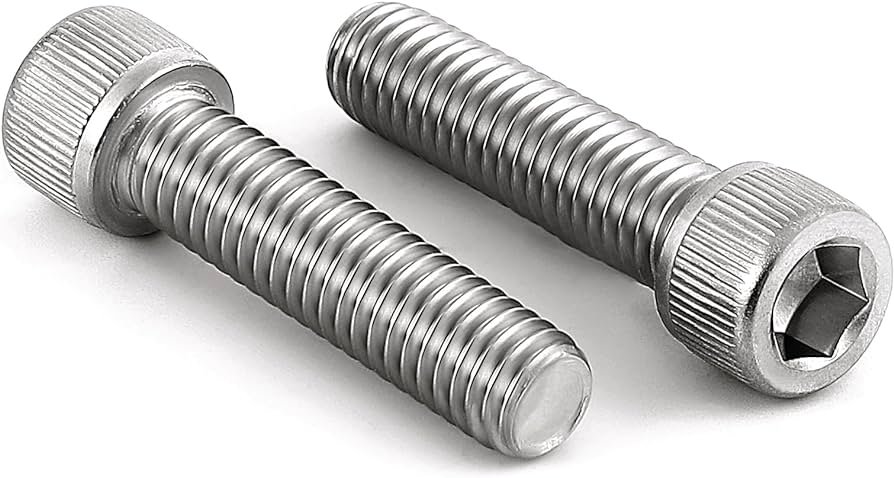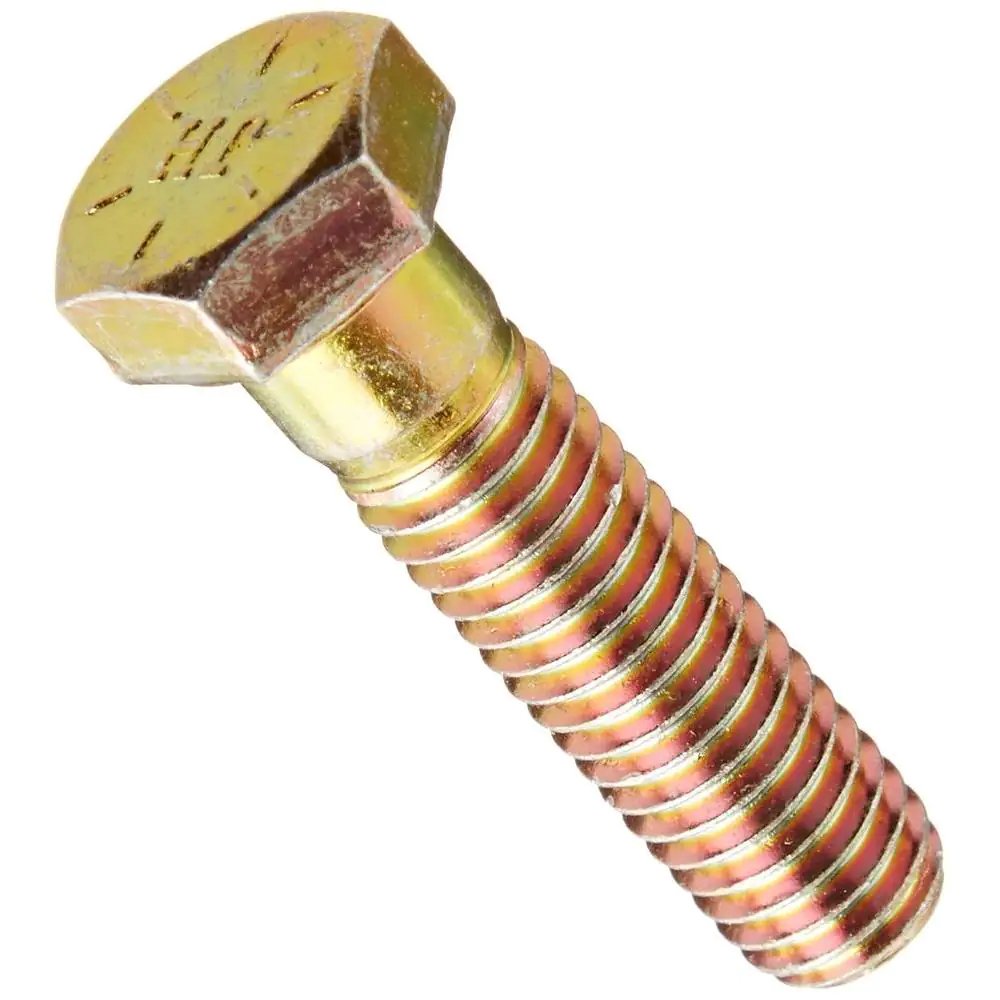Witness the extraordinary in action. Explore Diablo Tools’ demonstration videos below that showcase the unmatched performance of their saw blades, hole saws, and abrasives. Discover firsthand how Diablo products surpass and outlast the competition with ease. Start with the "Why Diablo" video, unveiling the innovative engineering that sets a new standard in cutting technology. See for yourself how Diablo is reshaping the landscape of cutting tools.






Diablo stands apart as the sole manufacturer of its proprietary MicroGrain Carbide with Titanium, dubbed TiCo™, as well as its unique blend of Titanium and Cobalt, known as Hi-Density. Additionally, Diablo utilizes a specialized ceramic metallic tooth blend, Cermet II, tailored for stainless and mild steels. By exclusively producing and employing its own Carbide and Cermet II in all its products, Diablo possesses the distinctive capability to tailor each tool to precise applications, thereby optimizing both tool longevity and performance. This singular approach positions Diablo as a leader in offering specialized solutions and unparalleled performance across every application.
For pricing or more information on Diablo Tools products, contact Mudge Fasteners at (800) 634-0406.


